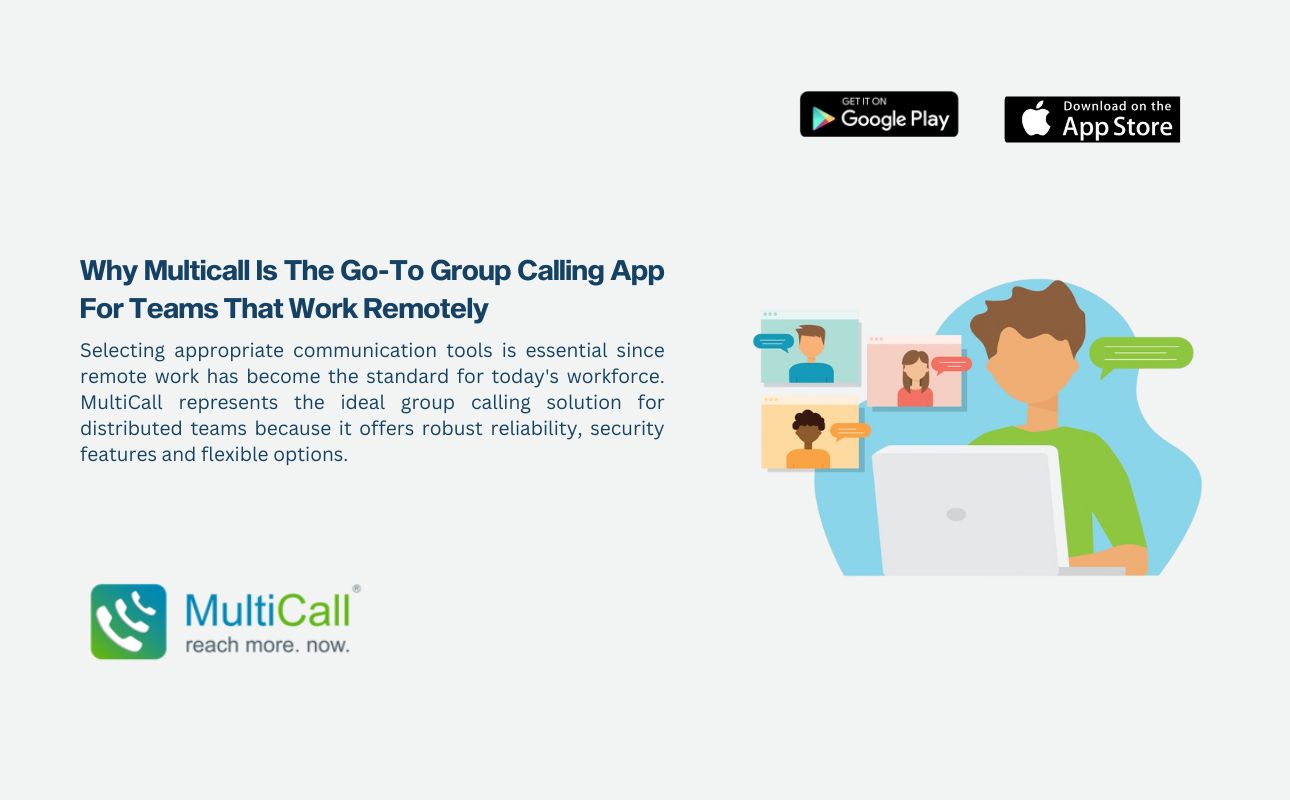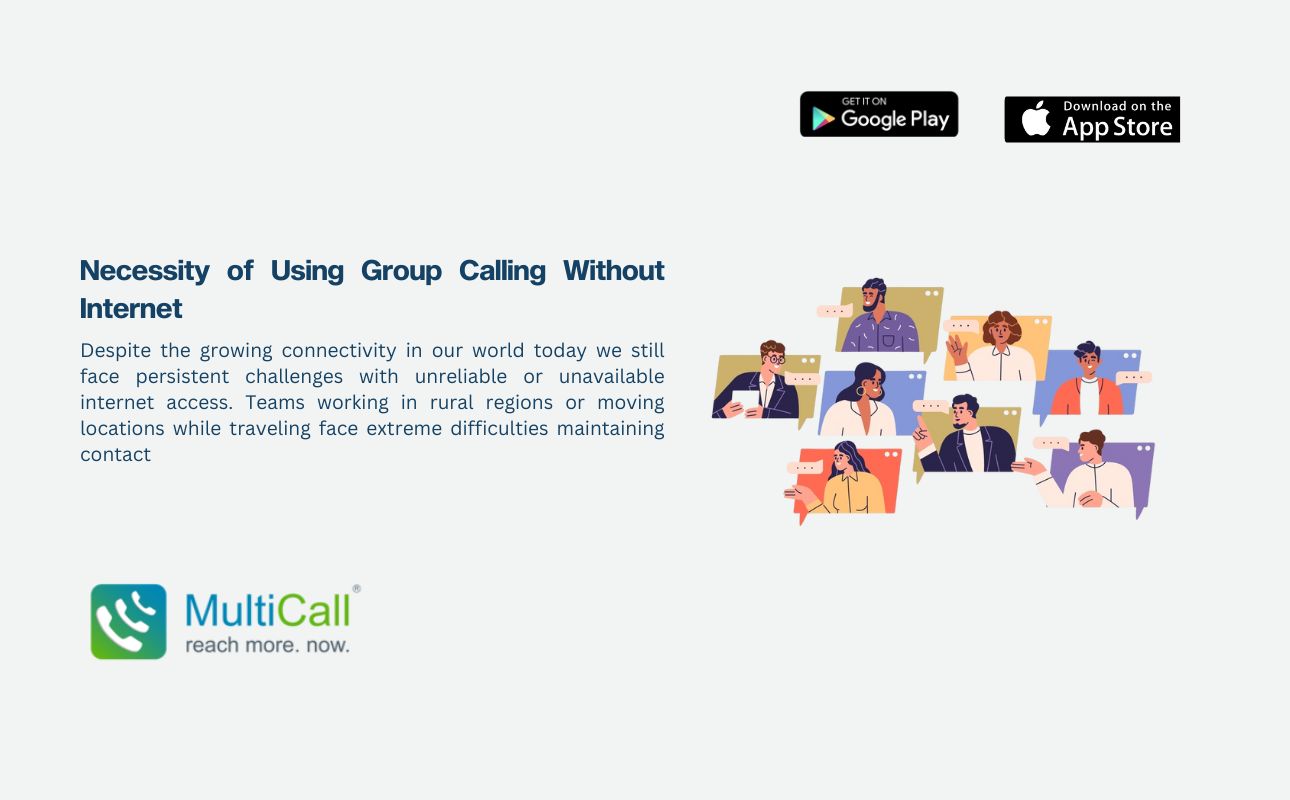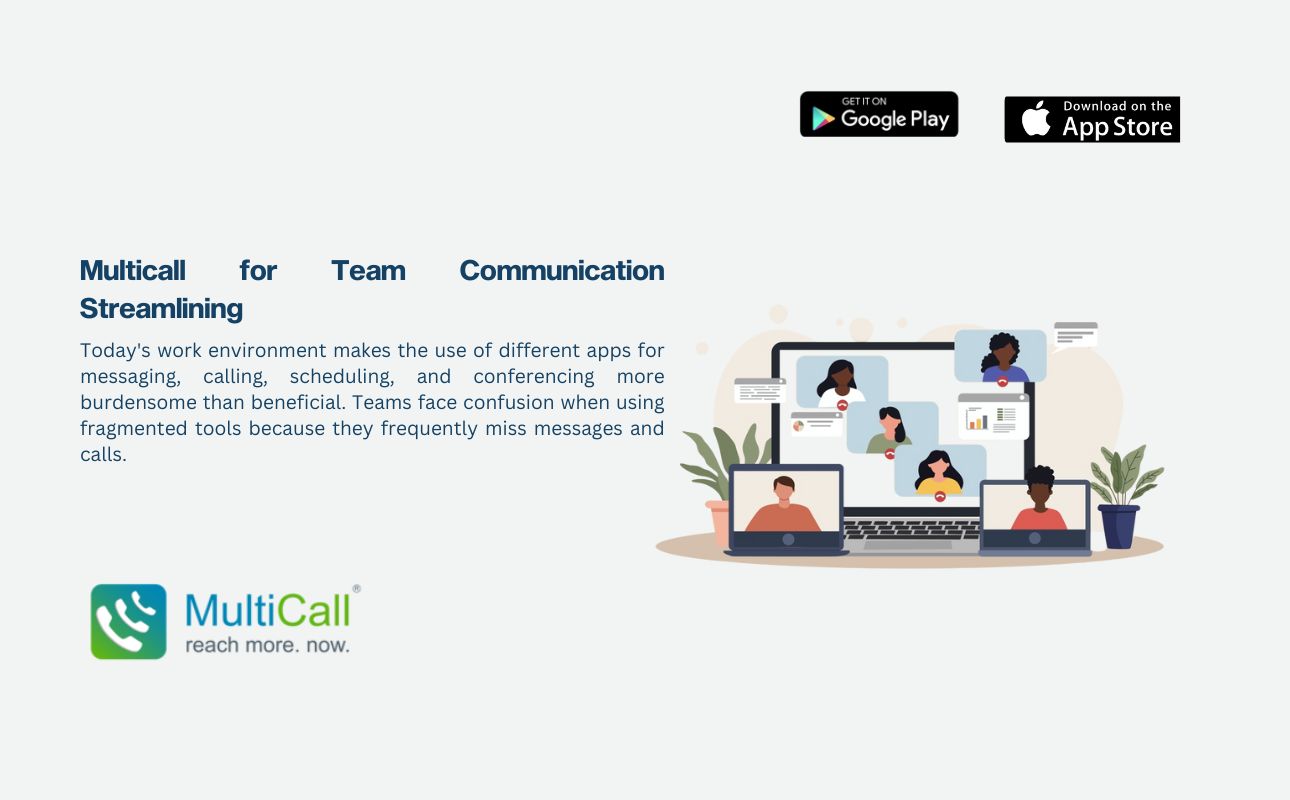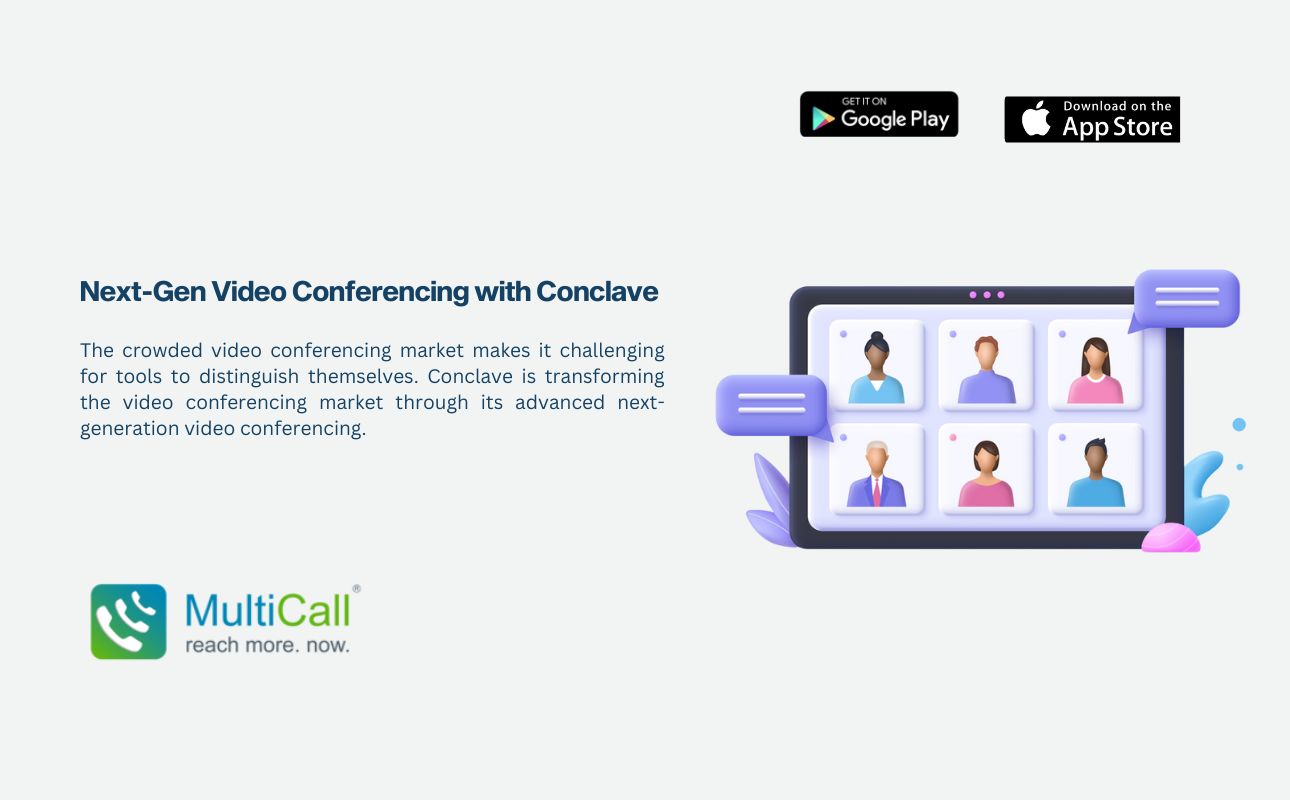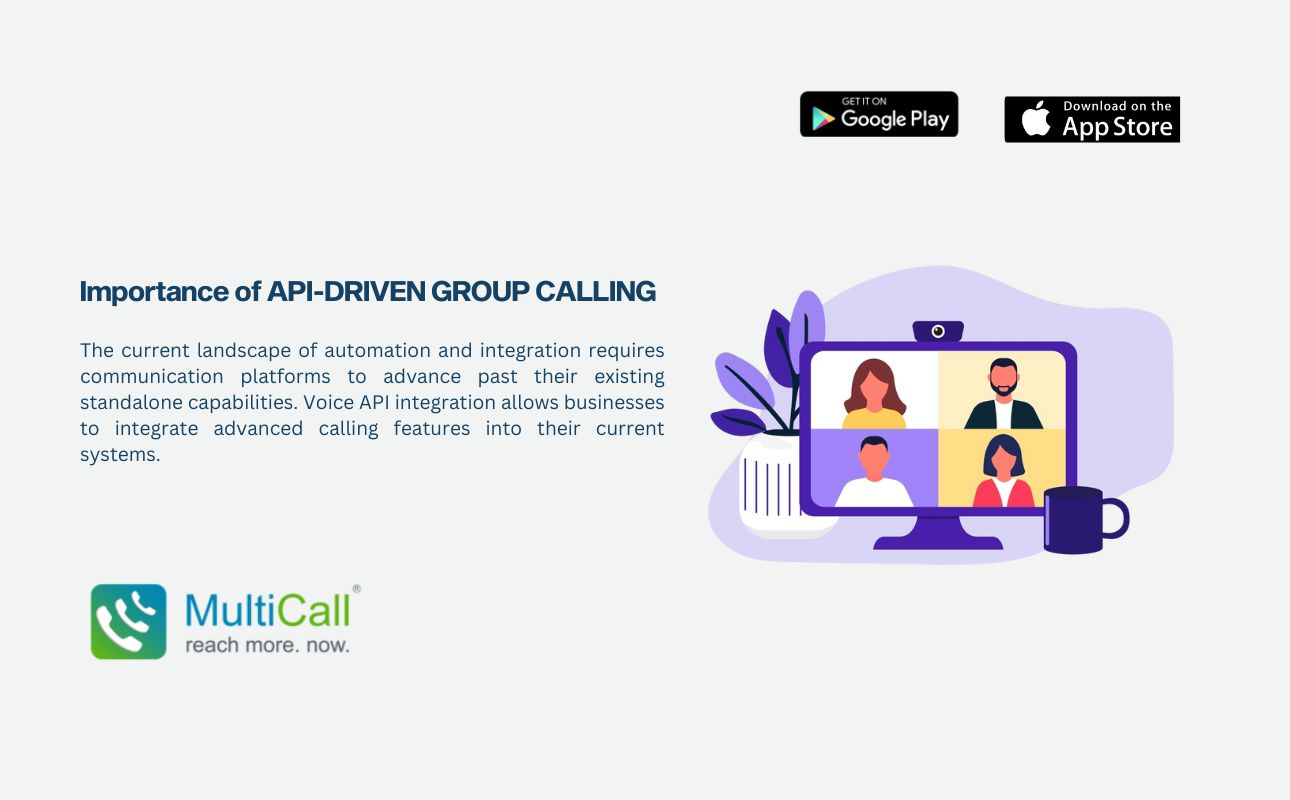People-first culture
Companies that already had cultures that were employee-centric prior to Covid found it much easier to make the transition into remote working arrangement. This is something that holds very much true for the hybrid working model as well.
The significance of good employee experiences has become far more during the course of the pandemic. In the case of successful hybrid work, another key element involved in the process is flexibility. Just because inefficient processes and schedules were the way of the times before, doesn’t mean they also have to be utilized for the present times as well.
With teams no longer fully in office together, and rising levels of asynchronous communication , super strict daily work schedules becomes an unfair demand. Of course, having some time overlap clearly marked out is necessary for easier collaboration, but not simply by mimicking the on-site schedule.
